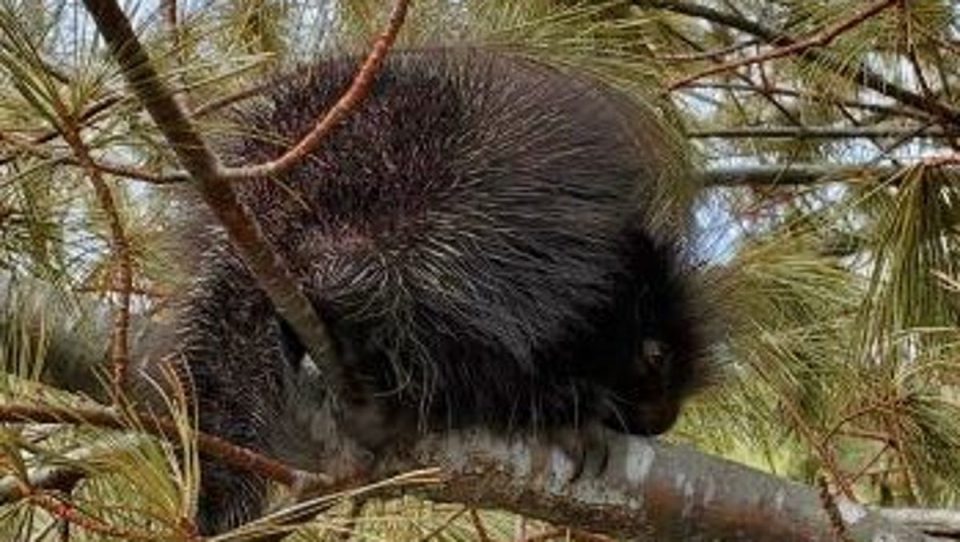The emergency response to the wildfire in northern Michigan that started last week and burned across 2,500 acres is in its final stages, and wildlife has started to return, the state Department of Natural Resources announced Wednesday.
The update came a day after the department said the fire that affected Montmorency and Cheboygan counties was 98% contained.
“As DNR fire crews continue to identify and mop up hot spots within the 2,516-acre Blue Lakes Fire, all roads and the Black River have reopened,” officials said in a statement Wednesday.
The DNR determined the blaze began with a lightning strike a week ago that smoldered for days until nearby brush, leaves and other material dried out enough to ignite on Friday afternoon. The blaze fueled by jack pine, mixed pine and grasses led to evacuations and road closures. The Black River Ranch was evacuated along with 13 people there, the DNR said.
“Although the fire is mostly contained and the area has opened back up, people still need to be careful in the fire area. Be aware of snags — burned trees that can fall without warning — especially when it’s windy,” state officials said. “It’s normal to see some smoke in the blackened area and it isn’t a cause for alarm. Both people and pets should avoid walking in blackened areas, as there may still be hot spots.”
Meanwhile, residents were warned to watch out for wildlife moving to seek new habitat.
“A variety of wildlife has been spotted returning in the burned-over area, including elk, deer, porcupines, turkeys and a scarlet tanager,” the DNR said.
Multiple agencies assisted in battling the blaze, including the USDA Forest Service; Montmorency County Sheriff’s Office and Emergency Management; the Tri-Township, Hillman Area, Lewiston, Vienna, Albert Township, Charlton Township and Onaway fire departments; the Canada Creek Ranch Fire Brigade; Onaway, Hillman Area, Tri-Township and Cheboygan EMS; and Michigan State Police.
“We’d like to express appreciation for the assistance and support of all the partners and cooperators involved,” said Kerry Heckman, public information officer for the DNR’s Incident Management Team.


